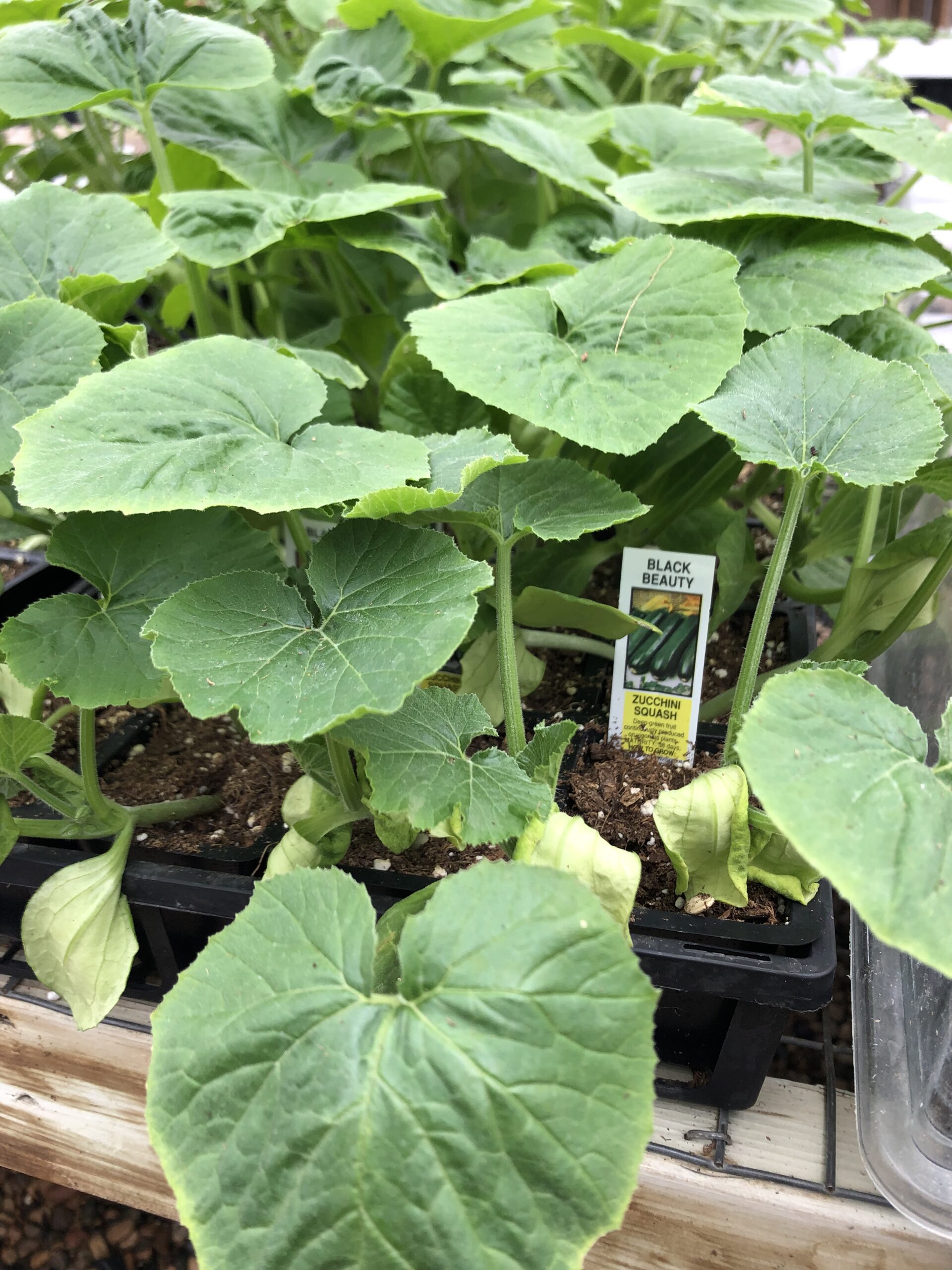Talking Plants
Jillian Patrie | University of Minnesota Yard and Garden Extension
We are approaching the last frost date for the FM area, falling around May 15. This can vary from year to year and temperatures should be monitored if tender plants have been placed outdoors before this date (Memorial Weekend is another common planting time). Once this date has arrived and weather trends are looking up, the threat of frost should be past and it is safe to transplant seedlings outside. Direct seeding can be done 1-2 weekends in advance of the last frost date, as many seeds take 7-14 days to germinate.
Transplanting outside can be an exciting time and marks the beginning of the gardening season. If seedlings were not hardened off before transplanting (see https://extension.umn.edu/planting-and-growing-guides/starting-seeds-indoors for more information), they may need a little extra protection. Putting old coffee cans, ice cream pails or any other shield around seedlings during the first 1-2 weeks after planting will help keep them protected while stems become sturdy. Place a small amount of granular, all-purpose fertilizer in each hole while transplanting (make sure to read the label, for correct amounts). Monitor watering needs, newly planted seedlings have a very small root system, windy and sunny conditions can dry them out quickly.
Some garden vegetables are easier to direct seed, rather than plant as a seedling. Carrots, beans, peas, corn, beets, radish, spinach and lettuce are commonly seeded directly into garden soil. Seed tape for small seeds that are hard to keep evenly spaced (carrots, beets, radish) are also directly seeded into the garden soil. Direct seeding can be done 1-2 weeks before the last frost date, as many vegetable and flower seeds take 7-14 days to germinate, avoiding any final frosts that may occur. Directly seeded vegetables are typically varieties that have shorter maturity dates (less than 90 days). These varieties grow and produce fruits quickly. Tomatoes, peppers, melon and winter squash are common garden vegetables that are started indoors (March-April), as they generally take longer to mature. Refer to seed package instructions on how deep to plant seeds, it can vary by variety. Seeds will not germinate if soil moisture is inconsistent (dry or soggy), monitor watering until seeds germinate. Directly seeded vegetables acclimate to outdoor conditions quickly and do not need as much protection. Fertilizer for directly seeded vegetables can be done once they become larger and can be sprinkled around each plant.
In the event of a late frost, having sheets, blankets, buckets, hot caps or other protective items handy may be necessary. Cool season vegetables like broccoli or spinach can tolerate lower temperatures, but basil and cucumbers can be sensitive. For more information on planting your garden visit https://extension.umn.edu/planting-and-growing-guides/planting-vegetable-garden.
Register for Gardening Field Days sessions this summer to learn more about vegetable gardening. The sessions will be once a month, May-August. For details and to register visit: z.umn.edu/ClayGardeningFieldDays.
For questions about this article or local assistance, please contact Clay County Extension Educator, Jill Patrie at 218-299-7338 or by email at patri350@umn.edu.


